A Trainer’s 5 Top Strength Exercises To Prevent Muscle Loss

One unfortunate truth about getting older is that you lose muscle mass and strength. Research suggests age-related muscle loss (a condition called sarcopenia) can start as early as your 30s if you’re not physically active. Furthermore, it becomes increasingly challenging to preserve your hard-earned gains in the gym the older you get. But don’t sweat it; we have some excellent news—strategic strength exercises can help avoid muscle loss and keep you in peak physical condition. We chatted with Michael Masi, CPT, a certified personal trainer at Garage Gym Reviews, who shares his top non-negotiable strength exercises to prevent muscle loss.
Strength training and preserving lean muscle mass are essential components of healthy aging. According to the National Institute on Aging, strength training can help enhance mobility, reduce your risk of falls and fractures, make everyday tasks easier, and help prevent chronic disease. This information is critical to know, considering that 30% of U.S. adults who exceed the age of 70 find it challenging to walk, climb stairs, or get up from a chair.
“Any exercise that would be good at building muscle would be a good option for mitigating muscle loss,” says Masi. “Exercise selection would mostly be determined by the conditions as to why the client is losing muscle to begin with, such as age-related sarcopenia. The qualities of these exercises, for maximum effect, will be using multiple joints, large agonist muscle groups, and also can add larger external loads over time to scale without sufficient changes to the exercise.”
Without further ado, read on to uncover Masi’s must-try strength exercises to prevent muscle loss. And up next, check out Study Reveals New ‘Magic Number’ of Daily Steps You Need for a Longer Life.
Goblet Squats
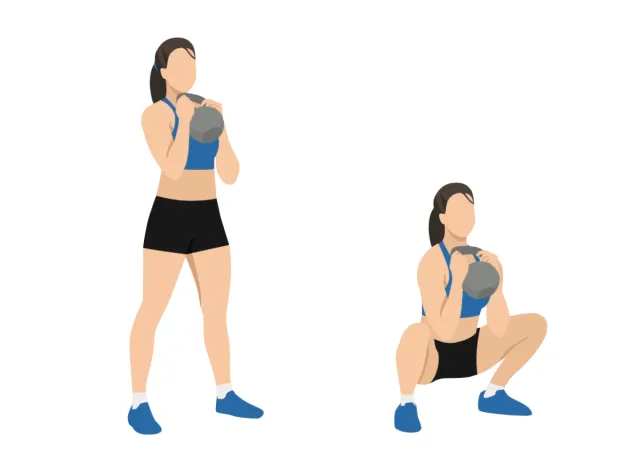
The goblet squat is a fantastic strength exercise. To perform it, Masi says, “Stand with feet shoulder-width apart, back straight, and lower your body as if sitting back into a chair until your thighs are parallel to the floor. Keep your chest up and knees over your toes. Push back up to the starting position. If you’re ready to add weight, you can hold a dumbbell or kettlebell in your hands during the squat while keeping the weight close to your chest.” Aim for three sets of eight to 12 reps with one-minute rest between sets.
Deadlifts
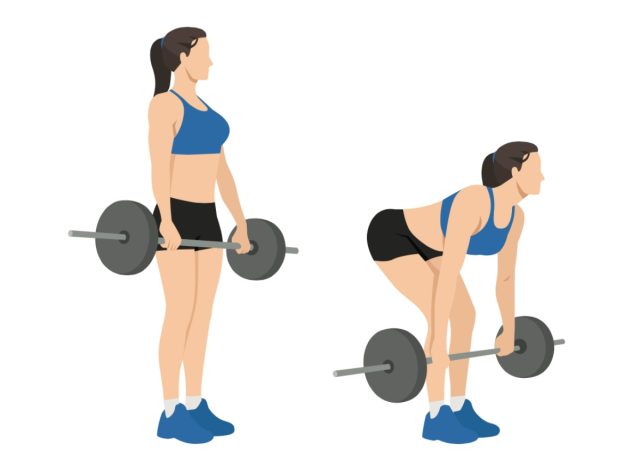
Deadlifts are the king of compound exercises. This movement works your entire body, from your legs and back to your arms and grip strength. It’s exceptional for muscle preservation because it targets multiple muscle groups simultaneously. A well-rounded strength training program should include deadlifts to ensure you’re maintaining muscle mass effectively.
“Start with a barbell on the ground,” Masi instructs. “Hinge at your hips and knees. Grab the bar with an overhand grip. Lift the bar by straightening your hips and knees to a full stand. Lower the bar back down to the ground under control. Make sure the bar path is straight up and down.” Complete three sets of six to eight reps while progressively adding weight to the bar as your strength increases. Include two to three minutes of rest between sets that use heavier lifts.
Dumbbell Chest Presses
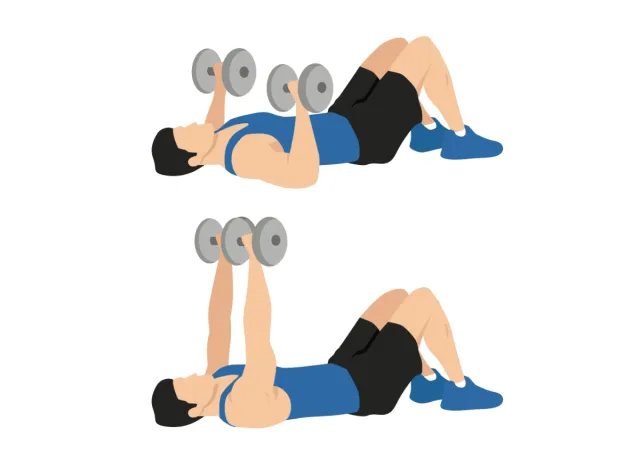
This classic upper-body exercise focuses on strengthening and building your chest, triceps, and shoulders. Incorporating this exercise into your routine can help you preserve upper-body muscle mass, an essential component of healthy aging.
“Lie on a flat bench with your feet planted firmly on the ground. Start with a dumbbell in each hand, palms facing forward, and your arms extended above your chest. Lower the dumbbells to the sides of your chest by bending your elbows. Keep the movement controlled; don’t let the weights drop suddenly. Once the dumbbells reach chest level, push them back up to the starting position, extending your arms fully. Use an incline bench targeting more shoulder and upper chest musculature is desired,” says Masi. Perform three to four sets of 10 to 15 reps with a one-minute rest between sets.
Pull-ups
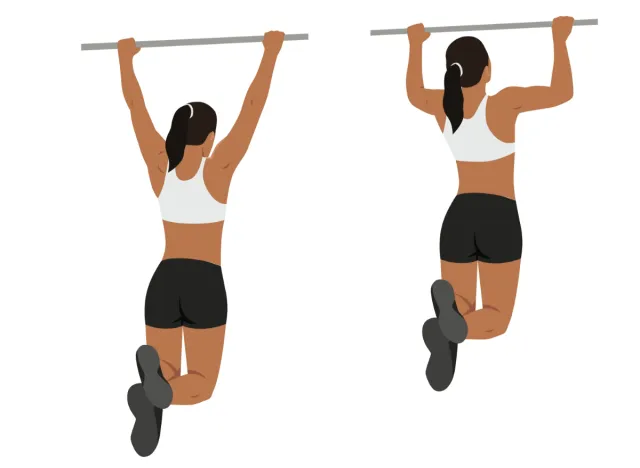
Pull-ups are an excellent way to maintain back and arm strength. They’re a multi-joint exercise that engages your lats, biceps, and forearms, making them a must-try exercise for preventing muscle loss.
“Grab a pull-up bar with a grip slightly wider than shoulder width,” explains Masi. “Pull your body up until your chin is above the bar, and then lower yourself back down with control. If you can’t do a full pull-up, start with assisted pull-ups using bands or assistance from your foot on a box. It’s okay to perform reps until failure and perform as many sets as needed until the rep count drops off.” Do five sets of as many reps as possible with 90 seconds of rest between them.
Walking Lunges
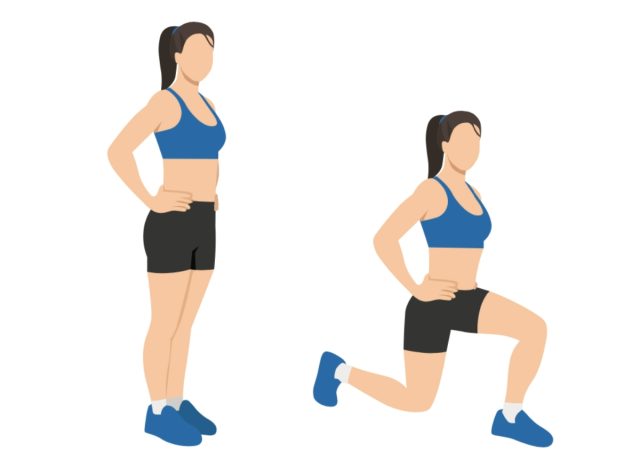
The last of these strength exercises to prevent muscle loss is the walking lunge. Walking lunges are a powerful leg exercise that targets your quads, hamstrings, and glutes. These muscles are some of the largest in your body, and maintaining their strength is essential for preventing muscle loss.
“Stand with feet hip-width apart. Step forward with one leg, and lower your hips until both knees are bent at about a 90-degree angle. The back knee should lightly tap the ground. Step forward to the starting position and repeat on the other side. Add weights in your hands to scale this up,” says Masi. Perform three sets of 15 to 20 reps per leg with a one-minute rest between sets.
- Source: https://www.ncbi.nlm.nih.gov/pmc/articles/PMC2804956/
- Source: https://www.nia.nih.gov/news/how-can-strength-training-build-healthier-bodies-we-age
- Source: https://pubmed.ncbi.nlm.nih.gov/33306977/
- Source: https://www.ncbi.nlm.nih.gov/pmc/articles/PMC4590897/
- Source: https://www.ncbi.nlm.nih.gov/pmc/articles/PMC5548150/